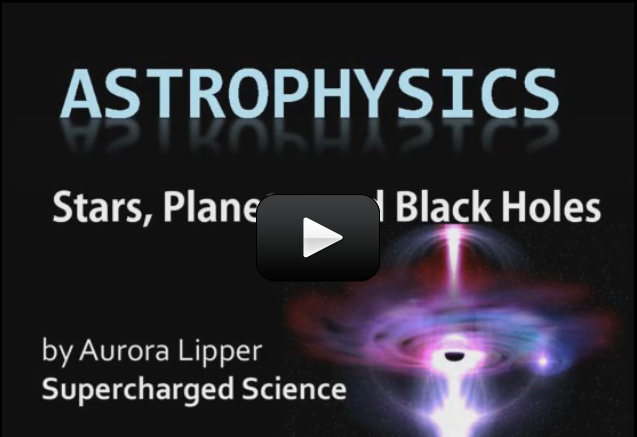This is a recording of a recent live teleclass I did with thousands of kids from all over the world. I’ve included it here so you can participate and learn, too
Our solar system includes rocky terrestrial planets (Mercury, Venus, Earth, and Mars), gas giants (Jupiter and Saturn), ice giants (Uranus and Neptune), and assorted chunks of ice and dust that make up various comets and asteroids.
Did you know you can take an intergalactic star tour without leaving your seat? To get you started on your astronomy adventure, I have a front-row seat for you in a planetarium-style star show. I usually give this presentation at sunset during my live workshops, so I inserted slides along with my talk so you could see the pictures better. This video below is long, so I highly recommend doing this with friends and a big bowl of popcorn. Ready?
Please login or register to read the rest of this content.


Yes, Stellarium is a great program, and it is free!
Oh, thank! That sounds a little ridiculous on stellariums part. That also explains why there’s a lake with a camera at the south pole. Maybe I should try it.
The view from Antarctica was created by a computer program called Stellarium. By default, Stellarium always shows trees, even if trees don’t grow in that particular location.
I’m confused about the last part in “antarctica”, as there are no trees in antarctica. Did you mean somewhere in australia or south america, or did , see those grass as trees, if the camera was on the ground?
Scientists don’t know for sure what happens when something enters a black hole. But based on their math, when something enters a black hole, it will be torn apart by tidal forces (difference in gravity from one side of the object to the other). From the perspective of someone outside the black hole, the person falling will appear to travel very slowly. This is because the strong pull of gravity appears to slow down time.
The farther we get from the sun the colder temperatures become. When comets are far away from the sun, they are frozen solid. As comets come closer to the sun, they begin to grow a “tail” as they start to melt. As long as a comet doesn’t get to close, some of the core will stay frozen and will cool down as it moves farther from the sun. Sometimes comets get too close to the sun and disintegrate!
Ian, age 9, would like to know “If comets are giant snowballs, how do they orbit the sun without melting?”
Alex, age 13, would like to know how you know exactly what happens when something enters a black hole? Using the example of Jack and Jill, how do you know exactly what happened from Jack’s perspective?
Thank you!